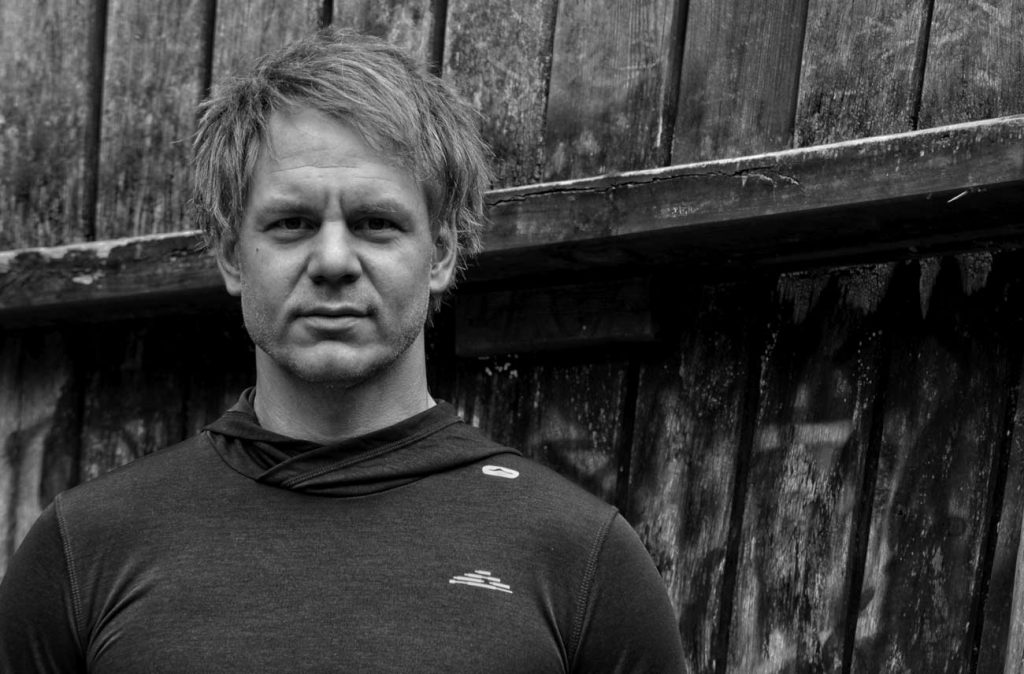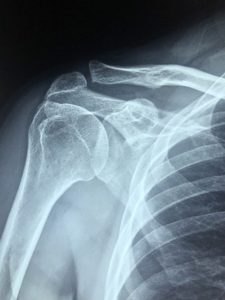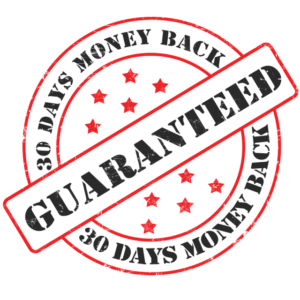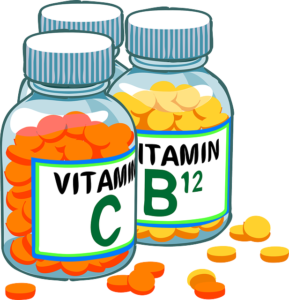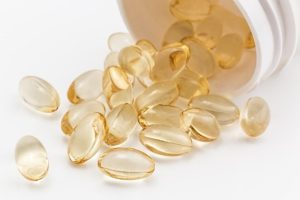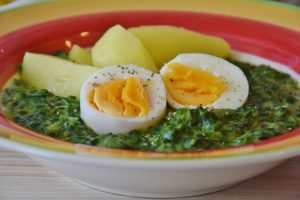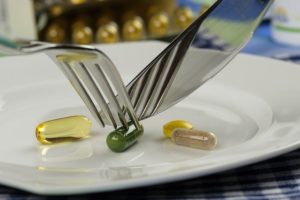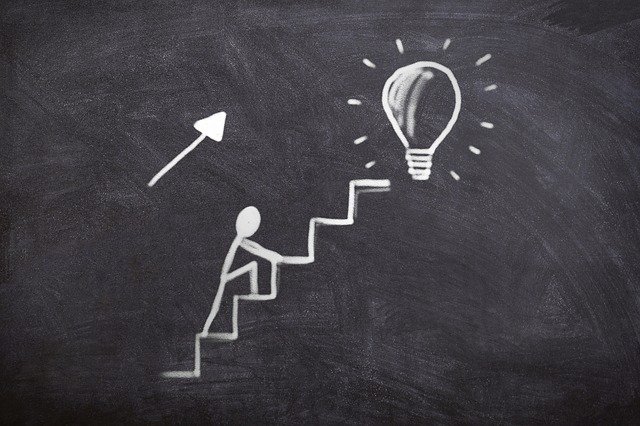The pain relieving specialist is asked: Arthrosis is curable, you said. And the pain that comes with it, too. Could you tell us a bit more about it?
“Sure. What are you particularly interested in?”
You said that the common opinion is that osteoarthritis is incurable and that the common theory is usually based on a false assumption. Could you explain that a little more?
“One of the steps that is done with osteoarthritis is the X-ray or the MRI. Here, only the result of a long incorrect exposure is visible, but not the cause. It doesn’t make any sense in my eyes, if people can live to be 100 years old and already 70, 60 or 50 years before that age, parts irreparably break down. This is not an attack on the doctors, after all, that is how they have learned to do it. But it doesn’t mean that just because a photo was taken at a certain point in time, all circumstances can be explained by it.”
And how does this misjudgement come about?
“The X-ray or MRI shows at the time of the photo that, for example, a joint space is too small or that there are growths on the joint. The cartilage is worn out. This leads to the assumption that the cartilage is the reason for all that. The reason for all this suffering. The cause of the pain. But if I say that arthrosis alone does not cause pain, what then? “
How’s that? All people with arthritis have pain. And you claim the opposite.
“I say that pain doesn’t come from cartilage. Cartilage has no pain receptors, so where does it come from? And if the cartilage is completely gone… it’s exactly the same. Where does the pain come from? I continue to say that the body wants to protect its own structure through the pain circuit. The brain calculates the states of tension in the body 24 hours a day. At the moment it is calculated that the wear and tear in the joint is greater than the repair capacity in the joint, an alarming pain is triggered. By the brain.”
Why is that?
“The body does everything to maintain the stability and integrity of the structure. If it is determined that a movement is too heavy a load, the body protects the structure and switches pain. The aim is to stop the movement that caused the wear and tear and would now increase it.”
I see. And if the tension in the joint is reduced again, then the wear and tear is also reduced. Correct?
“Exactly. The ability to repair is increased again, the cartilage could be rebuilt. If everything goes well. But more importantly, the pain disappears as the structure returns to normal.
The body then no longer needs to switch to alarming pain. This is therefore strictly speaking a functional pain.Arthrosis is not the cause of the pain, it is the result of excessive tension in the joint. “


